How to process gooseberries from aphids - top 20 proven remedies
If aphids appear on the gooseberry, you can fight it using different methods - water pressure, insecticides, folk remedies and other methods. With regular use of solutions, pest colonies can be completely destroyed.
How to recognize the appearance of a pest?
On this culture, gooseberry shoot aphids often settle. Visually, it can be recognized only up close, since the size of the insect does not exceed 2 mm. Adults resemble small oval-shaped balls; body shades are pale green. The eggs they lay for the winter are also oval, but smaller and colored black. In the light, they shine, located directly at the base of the kidney.
As soon as the first thaw occurs (March-April), larvae emerge from the eggs, which immediately begin to destroy the swelling buds. The pests feed on plant juices and grow rapidly in size. During the warm season, on average, 4 generations are replaced.
The life cycle of aphids looks like this:
- The larvae grow, enter the molting stage, after which they reproduce in a parthenogenetic way (that is, without fertilization of the female reproductive cell, without the participation of males).
- The result is a large generation of wingless females. Their task is reduced exclusively to reproduction, due to which the rapid growth of the colony is achieved. One female, hatching from a larva, can give up to 100 thousand individuals in about 4 weeks.
- After that, the generation of wingless individuals is replaced by winged females. Their main task is to spread the colony to new territories. They fly over to neighboring gooseberry bushes and other crops and begin to actively reproduce also in a parthenogenetic way.
- Finally, in early autumn, winged males appear, fertilize females, which make new clutches. These eggs overwinter in the plant itself, after which new larvae hatch from them in the spring, and the cycle repeats.
Therefore, as soon as the aphid appears on the bushes, it is necessary to destroy the entire colony as soon as possible.
The spread of a pest can be recognized by several signs:
- The leaves become lethargic and lose their normal shape.
- They roll up into a tube.
- Red bumps appear on the surface.
- Many ants are found near the bush, on it and in the vicinity of the garden.
The last sign is indirect, since ants can actively reproduce on their own, in the absence of aphids. However, they often develop along with this pest, since mutually beneficial biological ties develop between them: the aphid secretes a sweet nutritious liquid - honeydew, which ants eat. In exchange, they protect aphids from natural enemies.
Therefore, if an anthill appears next to the site, it definitely needs to be ruined with a shovel and immediately poured with boiling water or vinegar.
What to do first?
If aphids do appear on the gooseberry, you need to immediately understand how to deal with it in order to quickly destroy the entire colony.
The first measures are based on the physical neutralization of the pest:
- Collect insects by hand and destroy them. You can also use duct tape, which makes it easy to hook a small colony.
- Wash off the aphids from the bushes with cold water - then the pests will literally stick to the ground and will not be able to return to the gooseberry branches.
- Tear off all leaves with obvious traces of aphids and destroy them (it is best to burn).
- Do the same with small shoots - it is better to get rid of them completely than to allow aphids to spread to healthy bushes.
The described control measures are quite effective if the colony is small, but it is impossible to guarantee that the pests will not have time to move to other crops. Therefore, immediately after it is necessary to treat gooseberries from aphids with the help of insecticides or folk remedies.
Top 10 effective aphid insecticides
To date, quite a few universal chemicals have been developed that help well in the fight against aphids:
- "Arrivo",
- "Inta-vir",
- "Confidor",
- "Entobacterin",
- "Tanrek",
- "Corado"
- Fitoverm,
- "Spark",
- "Karate",
- "Arrow".
These products are used to process gooseberries, currants, raspberries, as well as other berries and garden crops. They must be used clearly according to the instructions, observing the dosage and safety requirements.
For example, a solution based on the Tanrek insecticide is prepared as follows:
- Measure 10 ml of the product.
- Add it to 1 liter of cold water, stir.
- Add water to 10 liters (standard bucket).
- Pour into a sprayer and spray.
The total amount is calculated by experience or based on the ratio of 1 liter of finished solution per 10 m2 leaf surface (about 3-4 liters per 1 bush). Secondary processing is carried out no later than a month later, and if necessary - earlier than the due date. All work is best done with gloves. Goggles and a mask are used as additional personal protective equipment during spraying.
Proven folk remedies for aphids
You can also process gooseberries from aphids with affordable folk remedies. Pharmaceutical preparations or herbs, vegetables are taken as a basis, on the basis of which an aqueous solution is prepared (based on a standard 10-liter bucket). Gooseberry bushes are sprayed with this solution in the late evening. If necessary, secondary processing is carried out after 3-4 weeks.
Such folk remedies are most effective in the fight against aphids:
- Soap solution: take 5 large spoons of detergent or liquid soap, dissolve in 10 liters of water, shake several times to create foam, and start spraying.
- Tar soap (100 g of shavings) is dissolved in a bucket of water and infused for several hours, after which gooseberry bushes are sprayed.
- An incomplete tablespoon of birch tar is mixed with 2 large tablespoons of laundry soap shavings. The volume of water is standard - one bucket. You can use such a solution against aphids immediately, without prior insisting.
- Take 1 liter of milk and 5 ml of iodine solution (1 teaspoon), dissolve in a regular bucket and mix, then spray onto the affected bushes. This tool helps to cope not only with aphids, but also with late blight, as well as with powdery mildew.
- In half a glass of cream of any fat content, dissolve 10-15 drops of various essential oils: orange, mint, lavender. This mixture is thoroughly shaken in an airtight bottle, and then poured into a regular bucket of water. This remedy helps well to cope with aphids thanks to essential oils. And since they only dissolve in fats, cream must be added.
- There are also simpler remedies for aphids - for example, ash solution. For a regular bucket of water, take 2 standard glasses of ash. It is necessary to insist all night, after which you can strain and start spraying.
- Similarly, you can make an infusion from various weeds. For example, take dandelions harvested during flowering: 400 g of greens and 200 g of roots. Pour 10 liters of water, insist overnight.
- You can also use dried dandelions by taking 30 g of chopped leaves mixed with roots and pouring the same amount of liquid.
- You can also buy chamomile at the pharmacy, take 5 tablespoons of raw materials and pour them 1 liter of water, insist overnight. Then dilute with water in an amount of 3 liters (total finished solution will turn out to be 4 liters).After that, you can add 1 teaspoon of shavings of laundry soap to it so that the greens better adhere to the gooseberry bushes.
- Finally, you can use marigolds (both the green part and flowers), but you will need quite a lot of them: 2 kg per standard bucket of warm (50aboutC) water. Insist for 2-3 days, add 2 tablespoons of shavings of laundry soap and spray.
There are other means of fighting aphids, and they are no less effective. For example, decoctions of onion husks, potato tops, garlic, etc. are used. The main condition for application is systematicity. Even if the colony is too large, you can cope with its invasion if you spray regularly and periodically control the appearance of aphids on the gooseberry bushes.



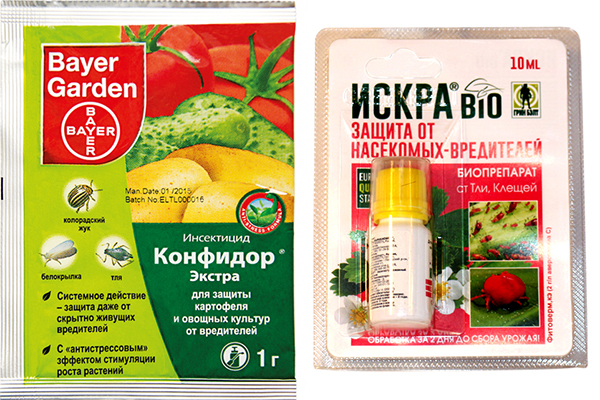
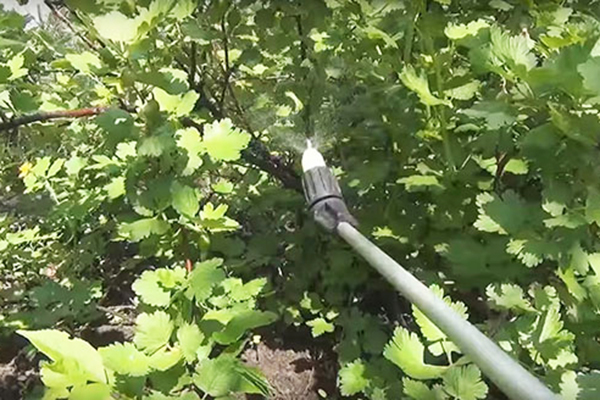
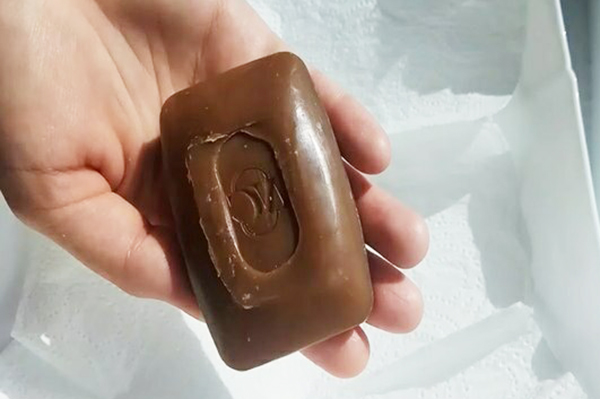

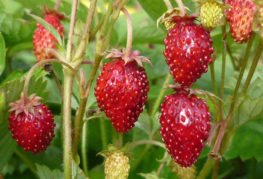
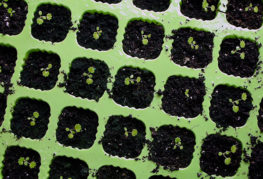
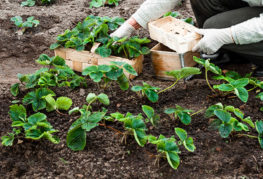


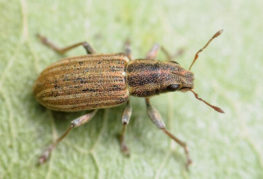
and will be published shortly.